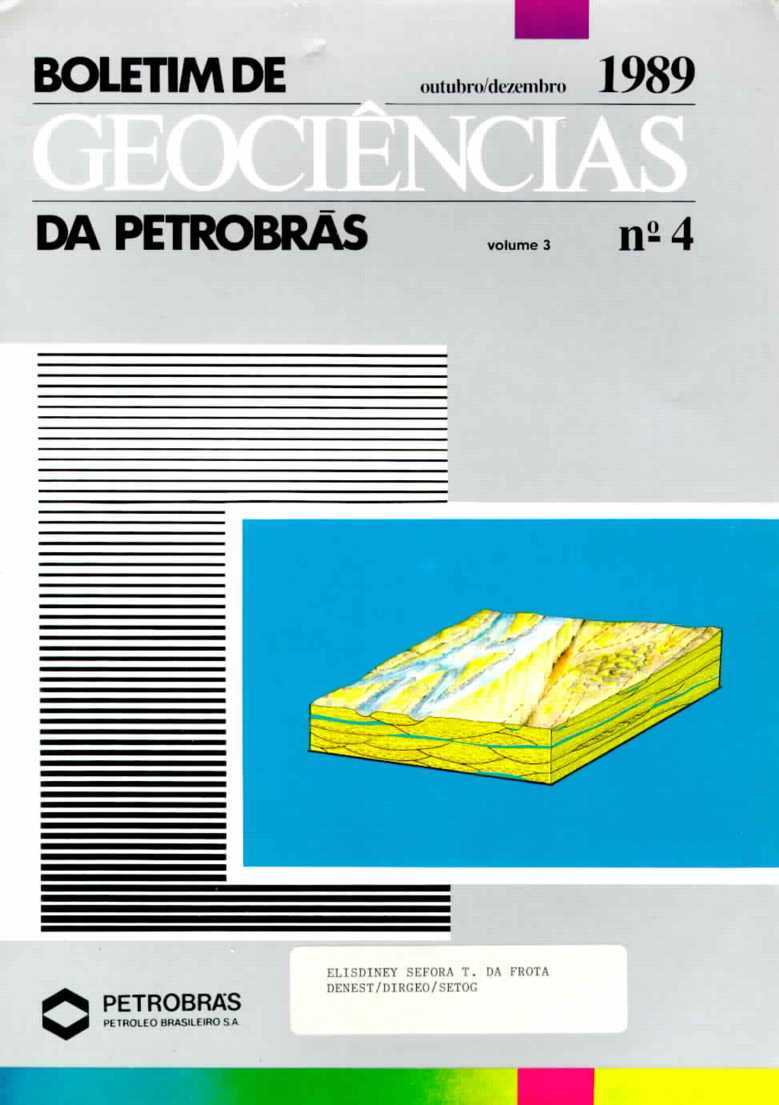Tectonic controls in the stratigraphy of the Potiguar basin: an integration of geodynamic models
Abstract
The thermo-mechanical and stratigraphic development of extensional sedimentary basins can be simulated by taking into account: lithospheric stretching factors (uniform or depth-dependent); lithospheric flexural rigidity (time- and space-dependent), lateral or vertical heat flow in the lithosphere, rate of erosion, compaction, sediment supply, paleobathymetry, and variations in the sea-level. Gravimetric modeling and analysis of subsidence as detected in wildcat wells were used to estimate lithospheric stretching factors in the Potiguar Basin. Effective elastic thickness of the lithosphere was ascertained using the depth of the 300° C isotherm. Erosion was assumed to be proportional to topographic altitude, the rate of erosion decreasing exponentially with topographic denudation. Determination of basement subsidence was based on McKenzie's uniform (1978) and on Royden and Keen's depth-dependent (1980) lithospheric stretching models. AIl driving subsidences which could be partially or totally infilled by sediments were assumed to be water-loaded. Calculation of sediment compaction was based on the mass of deposited sediment; the mass of sedimentary grains contained in a layer was assumed to be constant during burial and the thickness of the layer is decreased with the expulsion of water from sediments, expulsion being construed from the basin's porosity-depth curve. Three eustatic sea-level variation curves presenting different magnitudes and short wavelength forms were tested in the integrated model (Vail et ai., 1977; Watts & Thorne, 1984; and Hallam, 1984). ln terms of shape and depth, the basin's paleobathymetry was similar to present day bathymetry. Comparing observed stratigraphy with synthetic stratigraphy based on the integration of mathematical models of geological events it is possible to recognize and rank the factors influencing the evolution of the Potiguar Basin. These are: (1) sediment supply; (2) thermal subsidence; (3) long-term eustatic sea-level fluctuations; (4) flexural compensation; (5) erosion; and (6) lateral heat flow.


